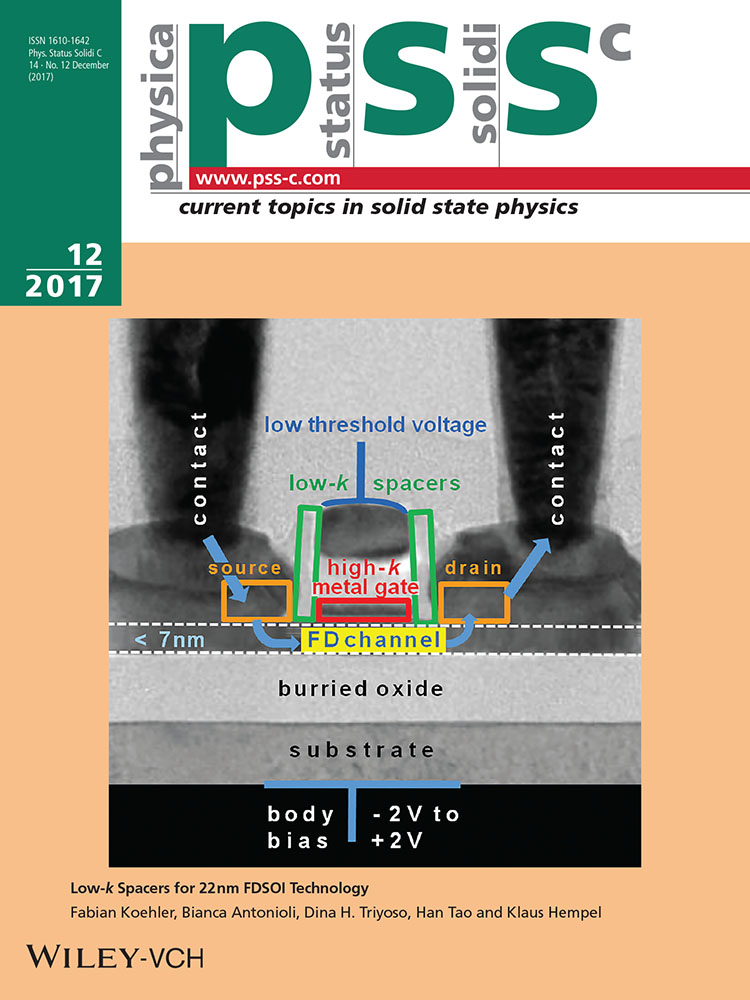Electrical and optical characterization of n-type ZnO thin films
Abstract
N-type ZnO thin films were successfully grown by sol-gel dipping coat method on glass substrates at 300–600 °C under air atmosphere. Poly ZnO thin films were obtained at more than 300 °C. Values of full width at half maximum of (0002) peak at the XRD spectra became small with the increasing the substrate temperatures. Optical transmittances of the ZnO thin films increased with the increasing the substrate temperatures. The optical transmittance of Ga-doped ZnO thin films was larger than In- and Al-doped ZnO films (5 wt%). Moreover, a resistivity of Ga-doped ZnO was smaller than those of In- and Al-doped ZnO films. X-ray photoemission spectroscopy (XPS) results indicated that a chemical shift of oxygen (1s) in Ga-doped ZnO was smaller than those of In- and Al-doped ZnO films. These indicated that Ga atoms were easy to substitute of Zn atoms in comparison with In and Al atoms. This result was clear from the ionic radius and the covalent radius of Ga atoms, which were similar to those of Zn compared with Al and In atoms.




